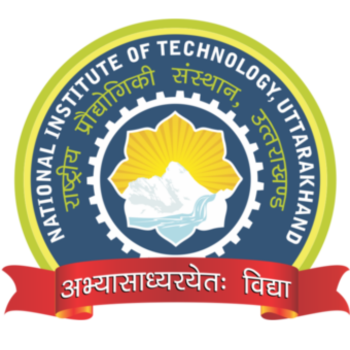Indian Institute of Space Science and Technology (IIST) stands as India's premier institution dedicated to space science education, uniquely positioned to shape the next generation of space researchers and technologists. Its placement ecosystem reflects this specialised focus, combining near-perfect placement rates with alignment to national space program objectives. The institute's industry partnerships, particularly with ISRO, create a distinctive recruitment pathway unmatched by conventional engineering colleges.
Table of Contents
IIST-Placement Overview
| Parameter | Undergraduate | Postgraduate | Overall |
| Placement Rate | 100% | 100% | 100% |
| Highest Package | INR 16.60 LPA | INR 28 LPA | INR 13.20 LPA |
| Average Package | INR 12 LPA | INR 14 LPA | INR 12.5 LPA |
| Core Space Sector | 88% | 92% | 89% |
| Private Space Tech | 12% | 8% | 11% |
IIST-Analysis of Placement Trends
The 100% placement consistency across programs underscores IIST's industry-responsive curriculum. ISRO remains the dominant recruiter, absorbing 89% of graduates into roles spanning satellite development, launch vehicle design, and remote sensing. This direct pipeline to India's space agency differentiates IIST from other technical institutions where placements are fragmented across IT, core engineering, and consulting sectors. The INR 28 LPA highest package (postgraduate) and INR 12 LPA average reflect the specialised premium for space technology expertise. Unlike general engineering colleges where compensation varies widely by specialisation, IIST maintains equitable remuneration across aerospace, avionics, and physical sciences due to standardised demand from space sector employers.
IIST-Recruitment Dynamics
Placements operate through a centralised campus process managed by the Training and Placement Cell. Key features include:
- Pre-placement engagement: ISRO scientists conduct technical workshops six months before placements, allowing students to align projects with organisational needs.
- Role-specific selection: Recruiters deploy specialised assessments; e.g., avionics candidates undergo embedded systems testing while astrophysics candidates face computational astrophysics challenges.
- Research integration: 70% of postgraduate recruits transition from ISRO-sponsored thesis projects, accelerating operational readiness.
IIST-Emerging Opportunities
While ISRO dominates recruitment, private space enterprises like Skyroot Aerospace and Agnikul Cosmos have increased hiring, particularly in propulsion and launch vehicle design roles. This trend aligns with India's space sector liberalisation, opening avenues in:
- Small satellite constellations: Deployment and operations roles
- Launch vehicle startups: Structural design and propulsion engineering
- Geospatial analytics: Earth observation data processing
IIST-Career Development Framework
IIST's placement success stems from institutional practices tailored to space industry needs:
- Mission-linked internships: All undergraduates complete summer projects at ISRO centres, gaining hands-on experience with operational missions.
- Industry curriculum council: ISRO scientists co-design course modules, ensuring alignment with technological advancements like reusable launch systems.
- Dedicated research pathways: The Integrated MTech-PhD program allows direct transition into ISRO R&D roles with accelerated seniority.
IIST-Comparative Positioning
Unlike IITs and NITs, where 30-40% of graduates pursue higher studies abroad, over 95% of IIST graduates immediately join the space workforce. This reflects the institute's focused mandate: supplying talent directly to India's strategic space sector. The absence of IT mass-recruitment drives common in other engineering colleges further concentrates opportunities in core space technology domains.
IIST-Future Trajectories
IIST's placement model anticipates India's expanding space economy, projected to grow from $8.4 billion to $50 billion by the Department of Space planning 30+ missions annually, demand for IIST graduates is expected to rise in:
- Deep space exploration: Chandrayaan and Mars mission support roles
- Space sustainability: Orbital debris management systems
- Satellite manufacturing: Assembly, integration and testing leadership
The institute's placement ecosystem exemplifies education-industry symbiosis, transforming academic excellence into direct contributions to national space objectives. As India accelerates its space capabilities, IIST graduates will remain pivotal in translating research into mission success.










